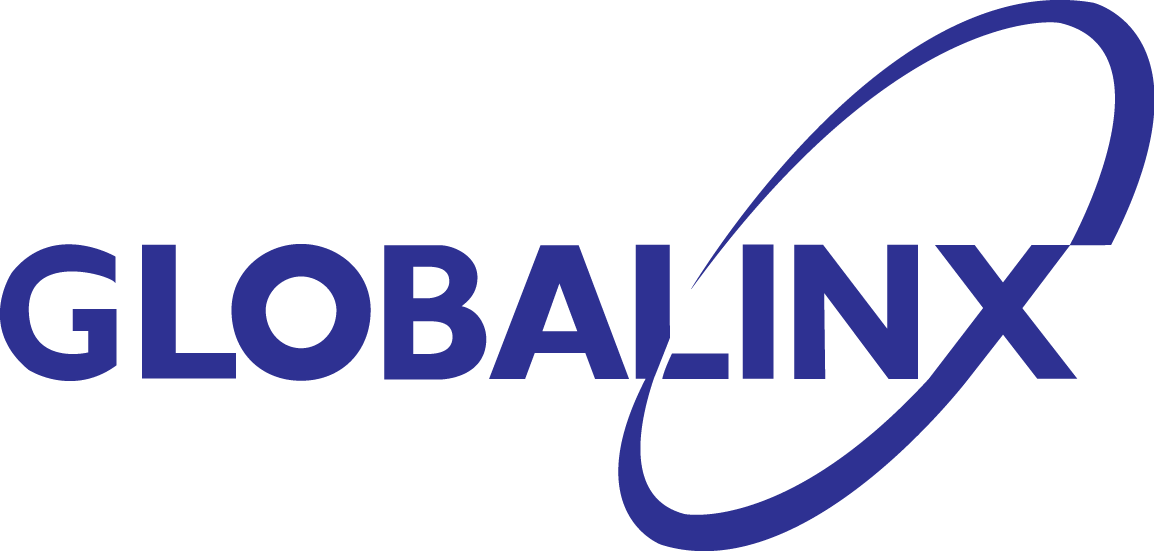Globalization is possibly the hottest word in business today. And yet, does anyone really know what is involved in going global?
And if your company has decided to be- come a global player, do you really have what it takes to compete on the global stage?
The answer is probably “NO.” In fact, most mid-sized companies are completely unprepared to pursue a globalization strategy. Global readiness is not just about having the right products, services, or go-to-market plan. You also need to think about your organi- zation’s ability to simultaneously support existing and new market organizations without burdening either with costly or unresponsive operations or procedures.
Complications
While the opportunities presented by a global expansion are potentially huge, so are the risks and barriers. Some of these include:
• The company’s firm specific advantages and core competencies may not be transferable to the target market
• Economic, political and regulatory risk can wipe out profits overnight
• Cost advantages in labor, raw materials, capital, etc. are usually short lived as competitors quickly catch up, and can be outweighed by increased coordination costs
• Globalization plans are often poorly considered, commu- nicated, misunderstood, and sometimes sabotaged by internal resistance
• Inability to collaborate with foreign counterparts limits innova- tion and consumes profit and time
Solution
For globalization to proceed with minimum risk and maximum return the strategy needs to be resilient and to be a realistic fit to the organization expected to deliver on it. Strategic Alignment: What we do begins with assessing the firm’s globalization strategy from the top down to identify risks and make recommendations.
Once the strategy is strong, we then work with the organization to ensure that it is ready to deliver on the plan. This includes defining the new global competency re- quirements, assessing the current competency level of the depart- ment or business unit, design of the new organization, aligning and re-designing the hiring and selection, learning and develop- ment, performance management, and compensation strategies to support the global strategy. The result is an organization that is more performance oriented, that rewards risk taking and entrepreneurialism, and that feels accountable for producing sustainable business results.
Mark Beresford


